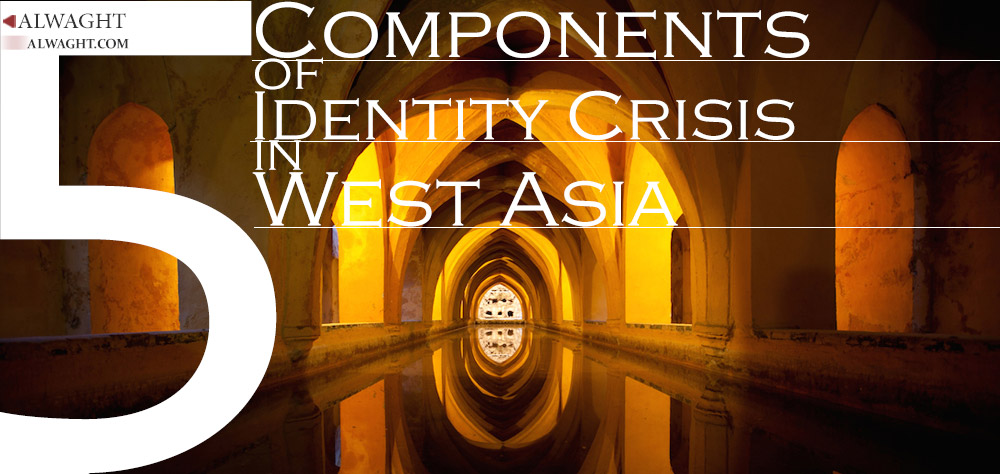Alwaght- Perhaps the most striking feature of the state systems in the Western Asia region is the conflict between the government and identity. Through the years since the treaty of Westphalia in 1648, Western countries managed to create a balance in the dynamic of their governments and their identities, as a result the newly established Western states were provided by the necessary legitimacy to continue existing.
By keeping the mentioned subject in mind, in the following article we seek to analyze this issue in the Western Asia region, and declare how successful the countries of this region are in reconciliation of identity and government. Also, we wish to state the elements that cause the prolongation of crisis and conflicts in the abovementioned region.
With a brief look at the situation of the Western Asia region in the recent years one comes to the conclusion that the crisis in this region has gotten so deep that analyzing all of the aspects of its roots and origins is difficult.
Having said that, we aim to analyze the current situation of this region by focusing on the identity crisis and identity conflicts of Western Asia. The dominant ideology in this region is one of the reasons that is keeping the countries of this region from following the way that the Westphalian states and national states had adopted. In other words, most of the residents in this region are Muslims, and since in the Islamic intellect it is important to pay attention to community related and national subjects, while also paying attention to subnational units such as clans, tribes, religious sects, and etc, it can be declared that the nation central and tribe-oriented thinkings are two important factors in creation of the nation-state system in the Western Asia region.
With analyzing the history of the states that were formed in this region, it is safe to declare that most of them were of the tribal and the sectarian type, and after the formation of a singular government, the diversities led to conflicts and divergence. Also, the way state systems were imposed by Western powers after the Sykes - Picot contract in 1916, was a key factor in solving the identity crisis in the Western Asia region. After the First World War, instead of the natural process of establishing governments in the region, the governments were formed by an artificial and contrived method. It could be said that the situation that these governments were facing, and are facing now was not stable and anything could possibly alter it, but the most important factor that could potentially ruin the whole thing is the identity, ethnic and sectarian groups that are causing divergence within the region.
Parts of the Western Asia region witnessed the rise of religious movements, some of which chose the path of moderation, but most of them utilize radical methods in reaching their objectives. If we analyze the thought process and beliefs of these Jihadist groups, we find that in most cases the idea of an Islamic Caliphate and returning to one’s roots is raised, and this is a component that does not tolerate the Nation-State concept. In another part of this region, there are ethnic groups, whom also have the potential to create divergence, and they have political, social, and cultural demands of their own. A more important factor is, how some statesmen in the Western Asia region, by utilizing different methods have formed patriarchates that the masses and lower layers of society can not oppose and resist. The vast majority of people in the region are keeping silence, however, in a political system that the masses are not able to express their demands by peaceful means, there is going to be a time that the masses will utilize other means to make their voices heard.
Overall the the axes of the identity crisis that is present in Western Asia, could be grouped into the following five components:
1. Presence of artificial political systems that are now compatible with the native environment of the Western Asia region.
2. An extreme form of Islamic intellect that appears to insist on community and international subjects, which also in many cases conflicts with the alien concept of nation-state.
3. Ethnic groups that because of the limits imposed, and not because of a natural process, feel oppressed. They currently are trying to regain their identity, and in this path, in times with utilizing violence, and in other times from international institutions, are pursuing their demands.
4. Politicians and employers that only seem to observe power, and are completely unaware of the lower classes of society.
5. Presence of world powers in the Western Asia region and the formation of artificial and imposed political systems, by supporting the groups that have the potential to cause divergence in the region.
By the looks of things, as long as these governments are not able to adapt to the terms that the society is transforming, the crisis will continue.



























